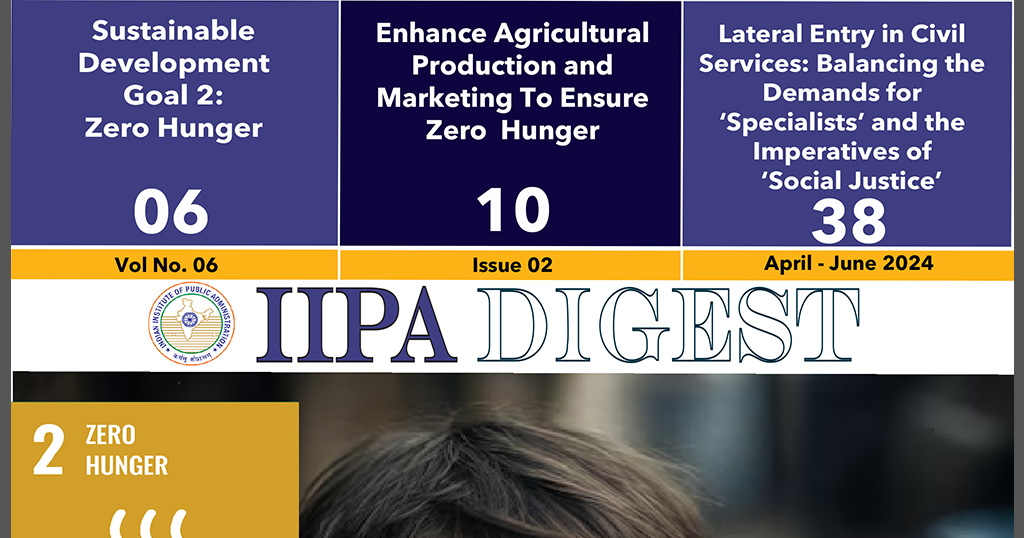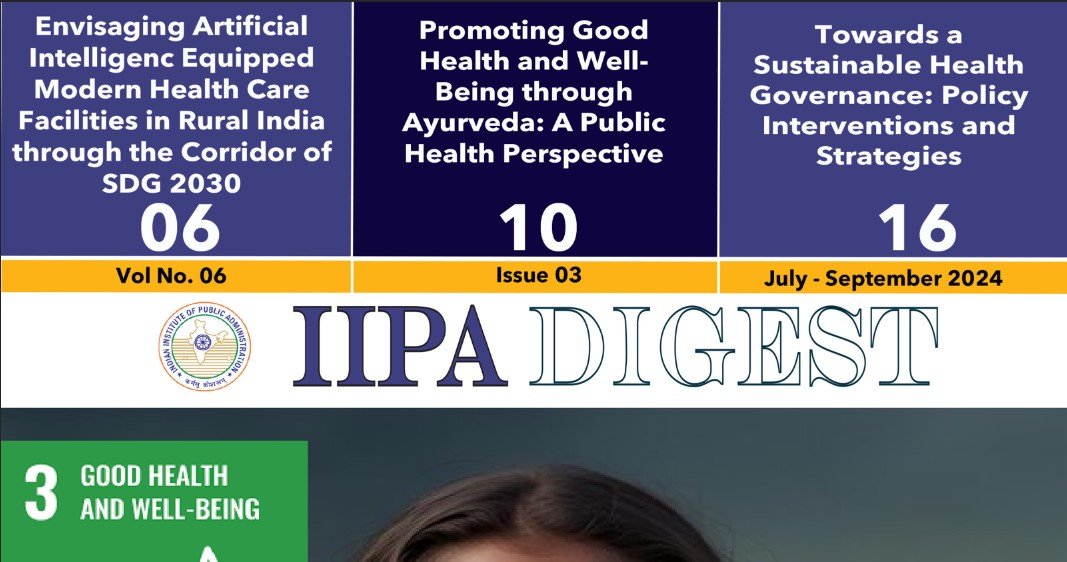The 2018–2019 census study found almost 2.4 million water bodies in India. A report released in 2023 by the Ministry of Jal Shakti calculated 24,24,540 water bodies, of which 97.1% were found in rural areas of India. The research said that Andhra Pradesh had more tanks than any other state, Tamil Nadu had more lakes than any other state, West Bengal had the most ponds and reservoirs, and Maharashtra headed up the project operations. As per the past report in 2021, the annual per capita availability of water in India has dropped from 6,042 cubic metre in 1947 to 1,486 cubic metre in 2021. Disappearing water bodies across the nation has impacted negatively on the environment.
Brief history
About 2000 BC, the Egyptians used almonds for purifying the water of their rivers. Historical records show that in 1757, Alum was employed in England as a coagulant to treat municipal effluent. There are several examples of the use of coagulants for the treatment of waste or sewage water both in India and beyond. Natural coagulants, such as nuts from Nirmali trees were used according to Sanskrit literature of around 2000 BC.
Proposed Solution
The researchers state that coagulants made from seeds of Moringa oleifera, Vigna anguiculata, Parkinsonia aculeate, Jatropha curcas, Cicer arietinum, Dolichus lab-lab, Cassia alata leaves, Coccinia indica mucilage, and other plants are very much useful for water-body cleaning activity. In addition, crushed coral and baking soda can be used to raise the pH. In addition, the pH of pond water can be lowered by eliminating algae, increasing carbonate hardness, and adding peat moss.
Ecosystem services can help the water bodies to restore the ecosystem. Plants such as Sharp dock, water hyacinth to purify the ponds water and Bermuda grass, Brake Fern and Alpine pennycress can be cultivated at edge of the pond. Vetiver grass can also be sown at the bank of the ponds. As per the past research, pipal, Neem, mango trees have high APTI index. To restore the biodiversity, it is recommended that these plants should be planted nearer the water body. Fishes such as Tilapia (Oreochromis mosambicus), Bata (Labeo bata), Catla (Labeo catla), Rohu (Labeo rohita), Mrigala (Cirrhinus mrigala, Silver carp (Hypophthalmichthys molitrix) shrimp (Penaeus monodon) & scampi (Macrobrachium rosenbergii) are useful to manage and control the organic maters in the water bodies. Also, bacteria and micro-organisms also enhance the water quality.
Conclusion
In conclusion, India's water bodies are at a crucial point in their disappearance, endangering ecosystems all throughout the country. But there is hope for rehabilitation, thanks to creative solutions and historical examples. Traditional methods, such as the use of natural coagulants, highlight the potential of indigenous knowledge in solving modern problems. A wide range of tools, such as pH control, ecosystem-based methods, and Moringa oleifera seeds, are advocated in the suggested solutions.
The key component of ecosystem services is the purifying function of plants like water hyacinth and Bermuda grass, as well as the management of organic materials and improvement of water quality provided by fish species and microbes. The suggested design's depiction of integrating various components into a coherent system shows a comprehensive way ahead.
This approach aims for harmony rather than dominance, acknowledging the complex interactions between human activities and natural processes. India may start along the path of ecological resilience and water body conservation by adopting diversified solutions. These kinds of initiatives not only protect valuable resources but also provide the foundation for a sustainable future in which human populations coexist peacefully with nature.


